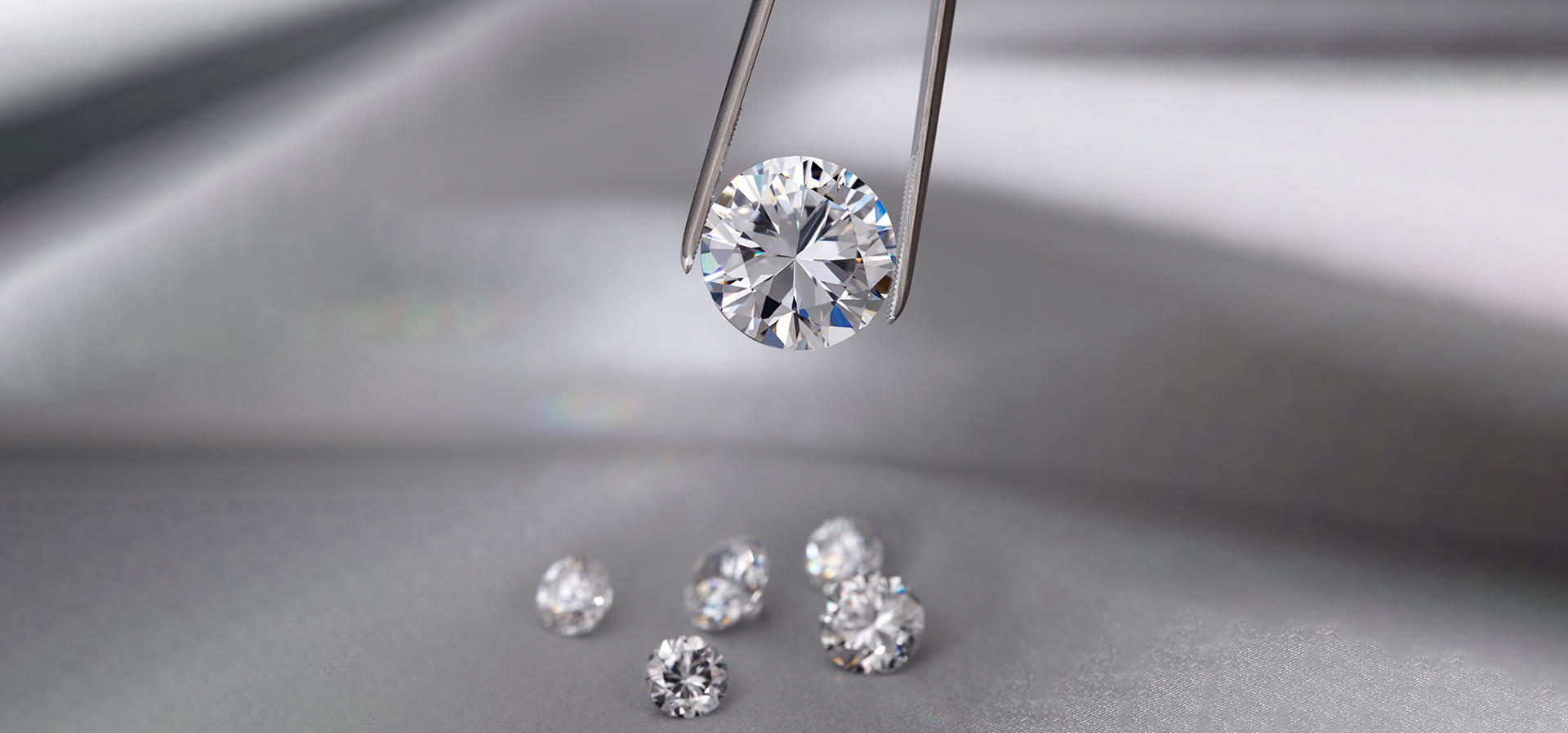In today’s modern world, couples are increasingly opting for lab-created diamond wedding bands due to their ethical and sustainable nature, as well as their stunning beauty. Lab-grown diamonds have also gained popularity for their affordability and eco-friendly production process. In this comprehensive guide, we will delve into everything you need to know about lab-created diamond wedding bands and lab-grown diamonds, from their origins to their advantages and how to choose the perfect one for your special day.
Understanding Lab-Created Diamond Wedding Bands
Lab-created diamond wedding bands are crafted using advanced technology that replicates the natural diamond-growing process. These diamonds are chemically, physically, and optically identical to mined diamonds, with the only difference being their origin. Unlike mined diamonds, which are extracted from the earth through mining processes that can have environmental impacts, lab-created diamonds are grown in controlled laboratory environments using sustainable practices.
Advantages of Lab-Created Diamond Wedding Bands
Ethical Sourcing: Lab-grown diamonds are ethically sourced, ensuring they are free from the controversies surrounding some mined diamonds, such as conflict diamonds.
Environmental Sustainability: The production of lab-created diamonds has a lower environmental impact compared to mining, making them a more sustainable choice.
Affordability: lab grown diamonds are often more affordable than mined diamonds, allowing couples to get a larger or higher-quality diamond within their budget.
Quality and Beauty: Lab-created diamonds are of high quality, with the same brilliance, sparkle, and durability as mined diamonds, making them a stunning choice for wedding bands.
Exploring the World of Lab-Grown Diamonds
Lab-grown diamonds, also known as synthetic diamonds or man-made diamonds, are diamonds produced in a laboratory setting rather than being formed naturally within the earth’s crust over millions of years. These diamonds are created using two primary methods: High Pressure High Temperature (HPHT) and Chemical Vapor Deposition (CVD).
High Pressure High Temperature (HPHT) Method
In the HPHT method, carbon is exposed to extreme heat and pressure, mimicking the natural conditions under which diamonds are formed in the earth’s mantle. This process results in the formation of diamond crystals that are then cut and polished to create stunning lab-grown diamonds.
Chemical Vapor Deposition (CVD) Method
The CVD method involves placing a small diamond seed in a chamber filled with carbon-rich gas. Through the application of heat and other processes, the carbon atoms bond to the diamond seed, gradually growing into a larger diamond crystal. This method allows for precise control over the diamond’s growth and quality.
Choosing the Perfect Lab-Created Diamond Wedding Band
When choosing a lab created diamond wedding band, several factors come into play:
Diamond Quality: Consider the 4Cs – cut, color, clarity, and carat weight – to ensure you get a diamond that meets your preferences and budget.
Setting and Design: Choose a setting and design that complements your style and preferences, whether you prefer a classic solitaire or a more intricate design with accent stones.
Metal Type: Select a metal type, such as platinum, white gold, yellow gold, or rose gold, that suits your skin tone and aesthetic preferences.
Certification: Opt for lab-grown diamonds that come with reputable certification, such as from the Gemological Institute of America (GIA), to ensure authenticity and quality.
Conclusion: Embracing Ethical and Sustainable Luxury
In conclusion, lab-created diamond wedding bands and lab-grown diamonds offer a compelling alternative to traditional mined diamonds, combining ethical sourcing, environmental sustainability, affordability, and exceptional beauty. By choosing lab-created diamonds, couples can celebrate their love with a symbol that reflects their values while enjoying the brilliance and luxury of diamonds.
